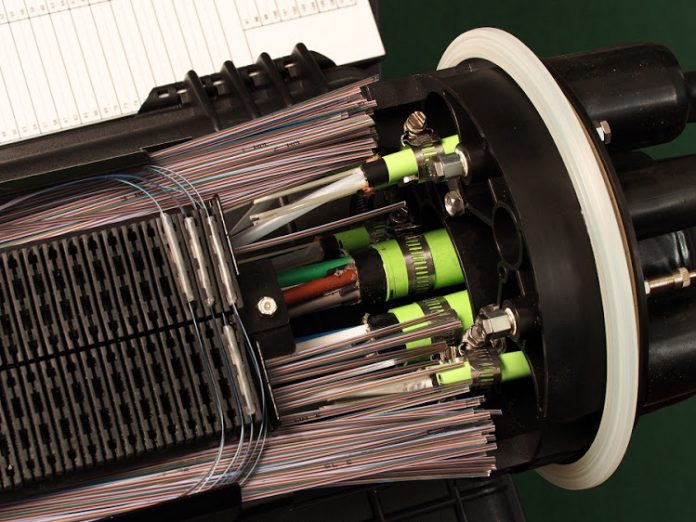Labour has promised to give every home and business in the UK free full-fibre broadband by 2030 if it wins the general election.
The plan would see millions more properties given access to a full-fibre connection, though Prime Minister Boris Johnson said it was “a crackpot scheme”.
If the plan went ahead and was completed on time, would it still be useful in 2030?
What is full-fibre broadband?
There are three main types of broadband connection that link the local telephone exchange to your home or office:
The old landline telephone infrastructure across the UK used copper cables, but accessing the internet over copper cables is slower than over fibre optic cables.
Fibre optic cables are made from glass or plastic and use pulses of light to transmit data, offering much faster internet access.
Full-fibre broadband refers to an FTTP connection: the entire line from the telephone exchange to your home uses fibre optic cables.
How fast is full-fibre?
Currently, the UK government defines superfast broadband as having speeds greater than 30 megabits per second (Mbps). Megabits per second is the standard measurement of internet speed.
That is not just important for video gamers. Low latency connections promise new opportunities for remote work, especially in fast-paced industries that cannot afford delays.
There is also a service called G.fast, which uses a special pod to boost the speed of the standard copper cable connection.
Will full-fibre be obsolete in 2030?
Predicting what the future holds for technology is obviously difficult.
But full-fibre broadband, where ultra-fast optical cables carry data right into your home or office, is currently the “gold standard”.
If, come 2030, there is a new emerging technology and countries are thinking about replacing their full-fibre systems, the UK would start on the same footing.
Why invest in fibre rather than 5G?
Wireless connections can be a useful way to connect remote homes to the internet, but 5G may not be the answer for sparsely populated areas.
“The 700MHz frequency band that will be auctioned is good at covering large rural areas,” said Mr Howett.
However, even if the UK focused on national 5G coverage, guaranteeing a stable connection to every home would be difficult.
Atmospheric conditions can lead to variation in latency with wireless connections.
“People often find they cannot cover their whole home without additional wireless repeaters.
“And in the worst case scenario, a double decker bus could park between you and the lamp post across the street.
“Full-fibre into the building technically gives a much better experience and avoids the variables that 5G cannot always overcome.”







